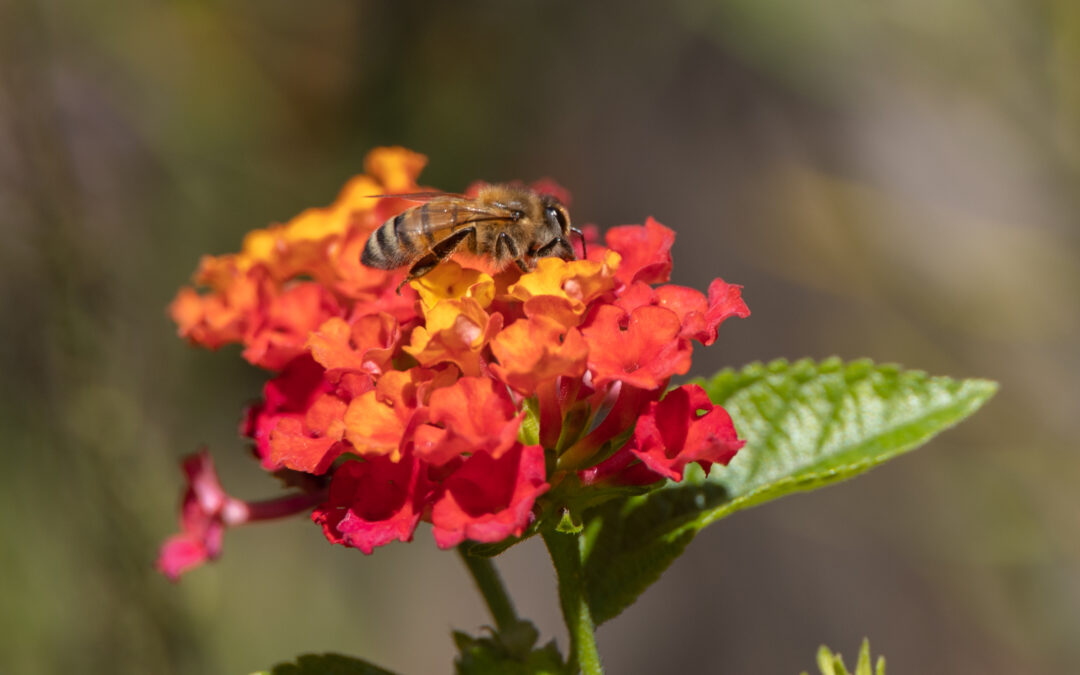Sometimes it can be hard to believe everything you see and hear. It’s an issue that has only grown since social media took off over a decade ago. In order to get to the heart of the truth you need to do your own research, from credible sources, and compare it to each other. You need to read news stories and reports, and understand what it is you are reading. Questioning things is important to us as a society, and only then can we grow. This leads us to our latest question, are bees really in danger?
The first thing to keep in mind is that the status of bee populations varies depending on the region and specific bee species. This means that what is true in one region, may not be true in others. It also means that there can be differences between the different types of bees.
- Honeybee populations: Honey bee populations have faced challenges in recent years, including colony losses attributed to factors such as habitat loss, pesticide exposure, diseases, parasites (such as Varroa mites), and climate change. These challenges have led to concerns about honey bee health and population decline, particularly in certain regions.
- Native Bee Populations: There is growing recognition of the importance of native bees, which are crucial pollinators alongside honeybees. However, data on native bee populations are often limited, making it challenging to assess their population trends accurately. Some native bee species have faced habitat loss, pesticide exposure, and other threats, which can impact their populations.
While there have been efforts to implement environmental controls and conservation measures to support bee populations, the overall trend is not uniformly positive. Some of these efforts include:
- Pesticide Regulations: Governments and regulatory bodies have implemented stricter regulations on pesticide use, particularly those that are harmful to bees. The aim is to reduce pesticide exposure and protect pollinators.
- Habitat Conservation: Conservation initiatives focus on preserving and restoring bee habitats, including the creation of pollinator-friendly landscapes, wildflower plantings, and the establishment of protected areas. These efforts aim to provide foraging resources and nesting sites for bees.
- Public Awareness and Education: Increasing public awareness about the importance of bees and the threats they face can drive conservation efforts. Educational campaigns promote bee-friendly practices, such as reducing pesticide use, planting pollinator-friendly gardens, and providing nesting habitats.
While these measures are important steps towards supporting bee populations, it’s worth noting that the recovery of bee populations can be complex and influenced by various factors. Long-term monitoring, research, and adaptive management strategies are necessary to assess the effectiveness of these efforts and make necessary adjustments.
It’s essential to continue advocating for bee conservation, promoting sustainable farming practices, preserving natural habitats, and implementing measures that reduce bee exposure to harmful factors. By addressing the multiple challenges facing bee populations, there is potential for the recovery and protection of these vital pollinators.



